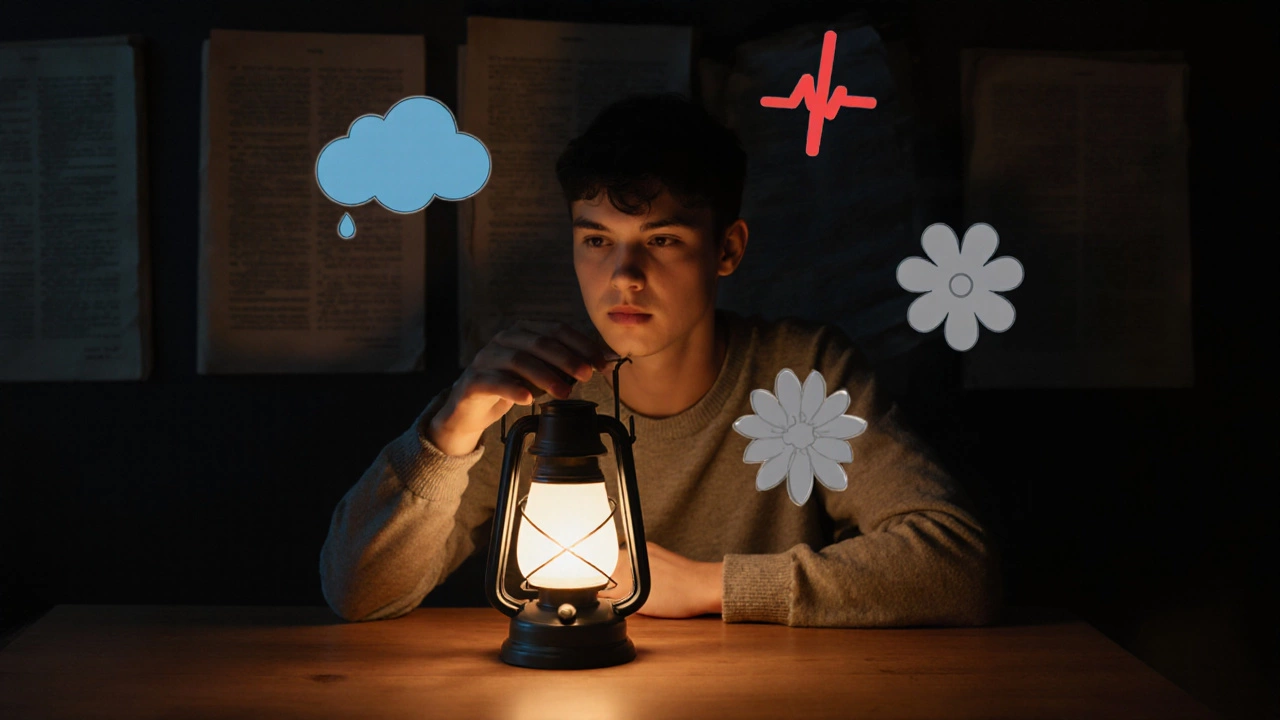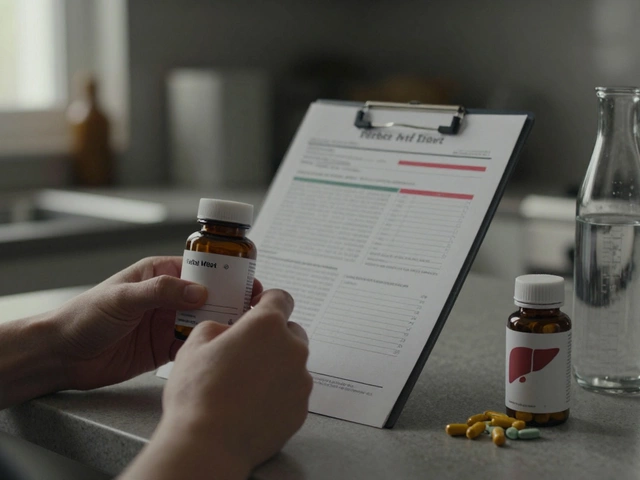Mental Health Warning Signs: Spotting Early Red Flags
When navigating mental health warning signs, the early cues that suggest emotional or psychological distress. Also known as psychological red flags, they can signal anything from temporary stress to a developing disorder. Recognizing them early lets you act before problems snowball. If you’ve ever wondered whether a mood swing is just a bad day or something deeper, the clues below will help you decide.
Warning signs usually fall into four buckets: emotional shifts (persistent sadness, irritability), cognitive changes (racing thoughts, trouble concentrating), physical symptoms (sleep disturbances, unexplained aches), and behavioral patterns (withdrawal, substance use). Each bucket mental health warning signs can be measured with simple self‑checks or brief conversations. For instance, a sudden loss of interest in hobbies is an emotional cue, while frequent headaches may be a physical manifestation of stress. Understanding these categories gives you a roadmap for what to watch.
Two of the most common mental health conditions tied to these cues are depression, a mood disorder marked by prolonged low mood and loss of pleasure and anxiety, excessive worry that interferes with daily life. When you notice signs like constant worry, racing thoughts, or a sense of dread, you’re often looking at anxiety’s early footprint. Conversely, lingering hopelessness, weight changes, or thoughts of self‑harm point toward depression. These conditions don’t exist in a vacuum; they influence each other and can amplify warning signs.
When to Seek Professional Help
Spotting a pattern is one thing; knowing when to reach out is another. If any warning sign lasts more than two weeks, escalates quickly, or includes thoughts of self‑harm, it’s time to consider professional support. This is where counseling, short‑term guided conversations aimed at coping strategies and therapy, ongoing treatment that addresses deeper psychological patterns become valuable tools. Counseling can help you untangle a specific stressor, while therapy works on long‑term behavior change and emotional regulation.
Practical steps to monitor your own signals include keeping a daily mood journal, noting sleep and appetite changes, and checking in with trusted friends or family. A simple question like, “Did I feel more anxious than usual today?” can trigger awareness. If you notice a cluster of symptoms, jot them down and compare them against the four categories mentioned earlier. This habit creates concrete data you can share with a counselor or therapist, making the first appointment more focused and effective.
Having a clear picture of what you’re experiencing shortens the gap between symptom onset and treatment. The collection of articles below dives deeper into each facet—whether you need a quick guide on spotting early signs, advice on choosing between counseling and therapy, or strategies for managing specific conditions like depression or anxiety. Use this overview to decide which resources match your situation, and remember that early action often leads to smoother recovery.







